Government-owned utility CS Energy has announced plans to build Queensland’s largest utility-scale battery energy storage system (BESS), which is expected to play a major role in improving grid stability and support the state’s ongoing shift to renewable energy.
The 200 MW/400 MWh battery will be installed at Powerlink’s existing Greenbank Substation site in the state’s south-east. CS Energy will install, own and operate the battery energy storage system on Powerlink-owned land.
Powerlink, which will provide connection services in return for access to a range of system support services, described the project as “Australia’s first truly cooperative BESS utilisation and optimisation scheme, partnering a transmission network provider with a generation and retail business”.
Powerlink chief executive officer Paul Simshauser said the battery will support the network operator’s role of guiding the energy transformation in Queensland, while continuing to provide safe, cost effective and reliable transmission services.
Queensland Energy Minister Mick de Brenni said the Greenbank battery will help facilitate the continued integration of renewables into the state’s energy system with Queensland targeting 50% renewable energy by 2030.
“The Greenbank battery will be a game-changer in the way we operate the grid and will be critical for soaking up our sunshine and wind to feed into the system when Queenslanders need it,” he said.
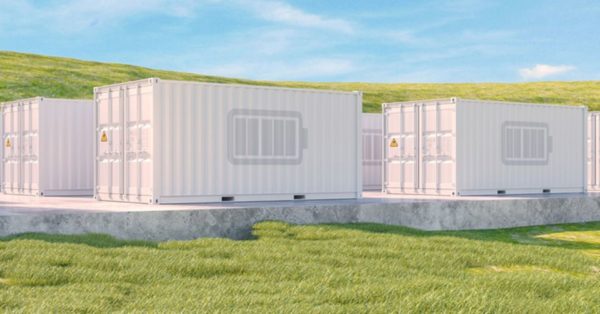
Image: CS Energy
Construction of the Greenbank battery is expected to begin in 2023 with the facility likely to commence operations midway through 2024.
The Greenbank project is part of a ‘battery blitz’ announced by the state government in the wake of an explosion at the coal-fired Callide Power Station in 2021 that left nearly 500,000 homes and businesses without power for several hours.
The power outage sparked calls for the introduction of more utility scale batteries capable of providing security for the state’s electricity network and de Brenni said the government is moving quickly to grow Queensland’s energy storage capacity.
De Brenni said the recent national energy ministers meeting had further reinforced the need for large-scale energy storage to support the nation’s energy transition.
“That consensus was to deliver more renewables and storage, and that’s exactly what we’re doing,” he said.
“Queensland’s publicly-owned power companies are already investing in 430 MW of batteries and today’s commitment will grow that capacity to more than 720 MW.”
De Brenni said the state is also installing a series of smaller network-connected batteries across the grid to support operations. Five have already been installed and another 12 batteries, each up to 8 MWh, will be built.
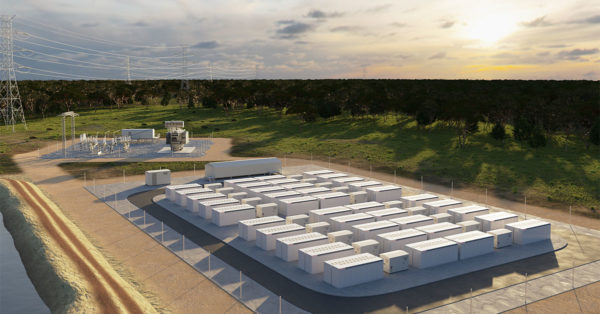
Image: CS Energy
CS Energy chief executive officer Andrew Bills said the Greenbank project marked the generator’s ongoing diversification into new energy sources. The generator last year announced it would build a 100 MW/200 MWh battery near Chinchilla on the Western Downs.
“Adding firm, fast-start generation assets to our portfolio will enable us to more effectively respond to changing demand in the National Electricity Market,” Bills said.
Private developers have rolled out plans for a string of large-scale battery projects in Queensland with Singapore-based developer Vena Energy’s 100 MW/150 MWh Wandoan South project near Wandoan on the Western Downs the most advanced. The project, which is backed by a 15-year power purchase agreement with power producer AGL, is currently progressing through its final commissioning process.
Sydney-based renewable energy developer Genex Power has detailed plans to develop its 50 MW/100 MWh Bouldercombe Battery Project near Rockhampton on the state’s central coast while AGL plans to build a 100 MW/150 MWh battery near Kingaroy.
French renewables developer Neoen is planning to build a 200 MW/400 MWh big battery as part of its proposed 460 MW Western Downs Green Power Hub to be constructed near Chinchilla and has also submitted plans to develop a 100 MW battery project in the state’s far north.
This content is protected by copyright and may not be reused. If you want to cooperate with us and would like to reuse some of our content, please contact: editors@pv-magazine.com.
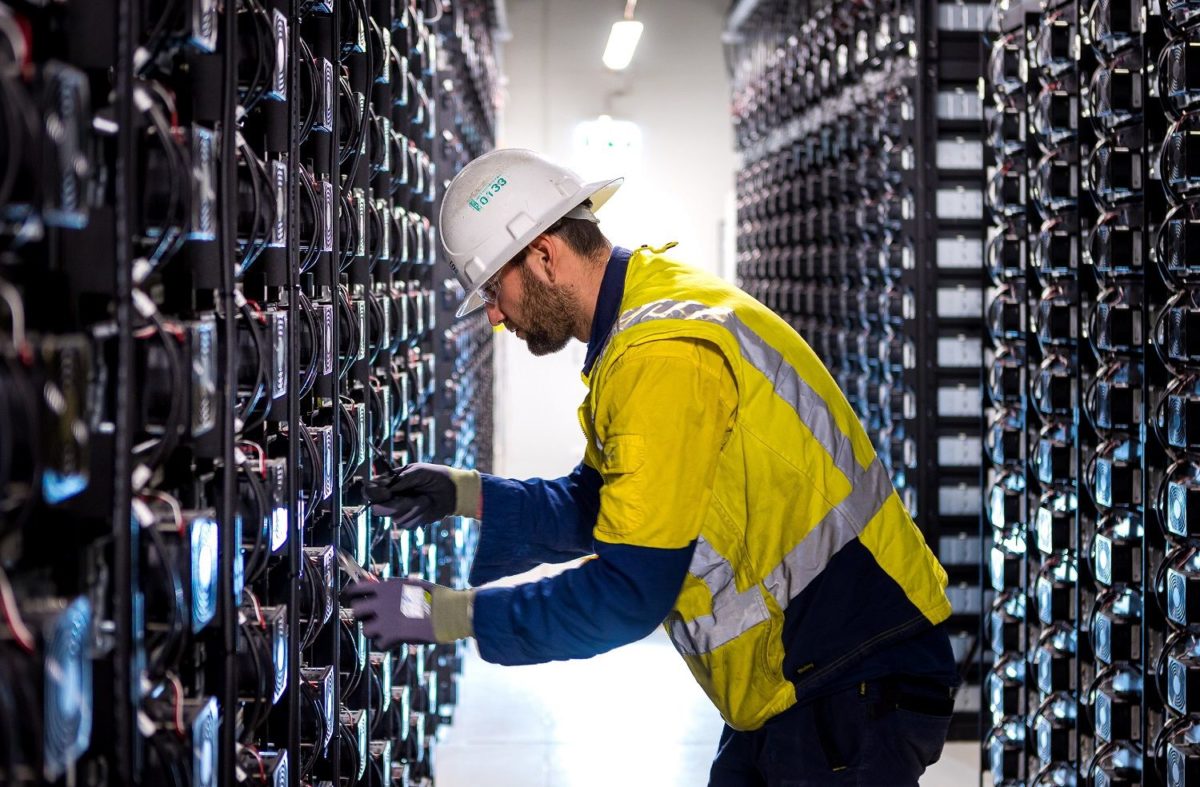
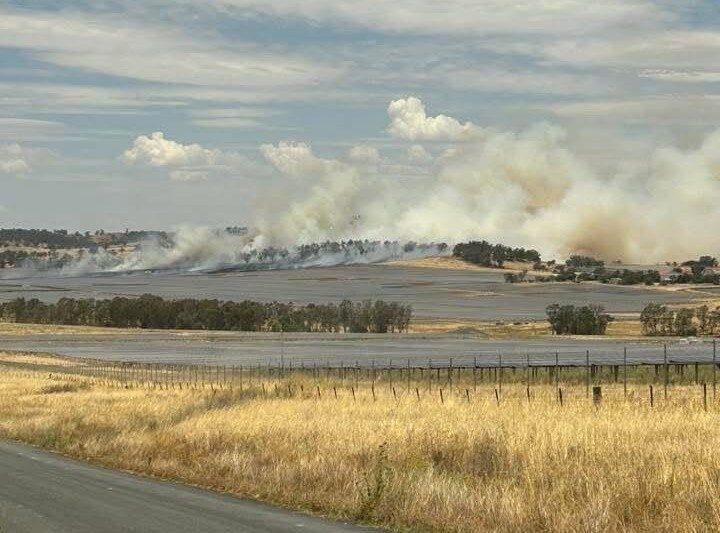


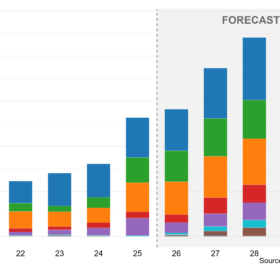
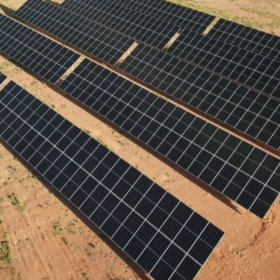
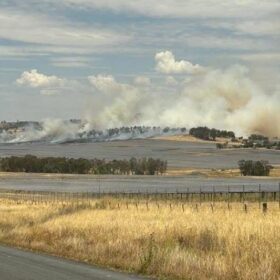
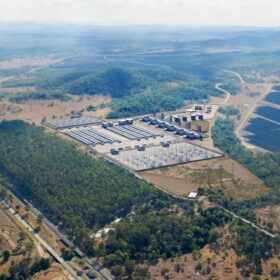
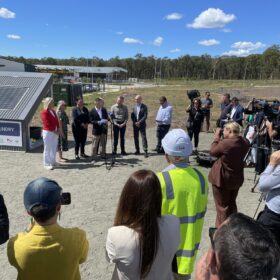
As a llay person in solar issues, I have some questions about large scale battery (BESS) stations:
Lithium-ion batteries, batteries in general, have a limited lifetime.
How are recycling and renewing of the battery ‘ranks’ planned?
What is the intented lifetime of, for example, this specific battery station?
Hi Sirkka, that’s a good question – big batteries haven’t been in the landscape long enough to understand their lifespans. I know lithium-ion battery recycling is ramping up around the world and following the usual patterns (Europe leading, Australia trailing). As far as I know, these plants focus on electric vehicle and smaller batteries, but I can’t see why that wouldn’t, at least partially, apply to big batteries.
Hi Bella,
And thank you very much for your answer. I hope and believe you are right.
My crux is that ‘clean’, or renewable’ energy is sustainable only to the amount that the recycling and reuse of materials are also cared for. In the short term we can celebrate emissions free energy, but the production of new panels and storage systems eat up the cause for celebration if recycling is not ramped up to meet the increasing material demand. Mining and production processes cause emissions and slow down the good effects of clean energy. And just imagine all the possible bottlenecks in the supply chains.
I would appreciate it very much if, in the market talk, the ways that recycling is cared for, would appear as an incremental part. Recycled material often spare 50 – 80 percent energy in the production process, and if, for example, the lifetime of lithium batteries is 10 – 15 years, we should actually already be looking ahead to what will happen the year 2032.
As a matter of fact, I really do not know how clean is ‘clean’, or how renewable is ‘renewable’, and what is sustainable, if not recycyling and reuse of material are cared for.
I completely agree. Unless we can properly make things circular through recycling and materials reuse, all we’ve done is decarbonise, and personally I worry about the conflation between decarbonisation and sustainability. They really aren’t the same things at all and for me that goal has to be living sustainably, not just without emitting carbon. I think government regulations and forward thinking plays a big role here. I know that Europe is mandating a certain percentage of new project’s material (say for example a new battery’s lithium) needs to come from recycling, but I haven’t heard any similar murmurings in Australia yet. Hopefully that discussion picks up!